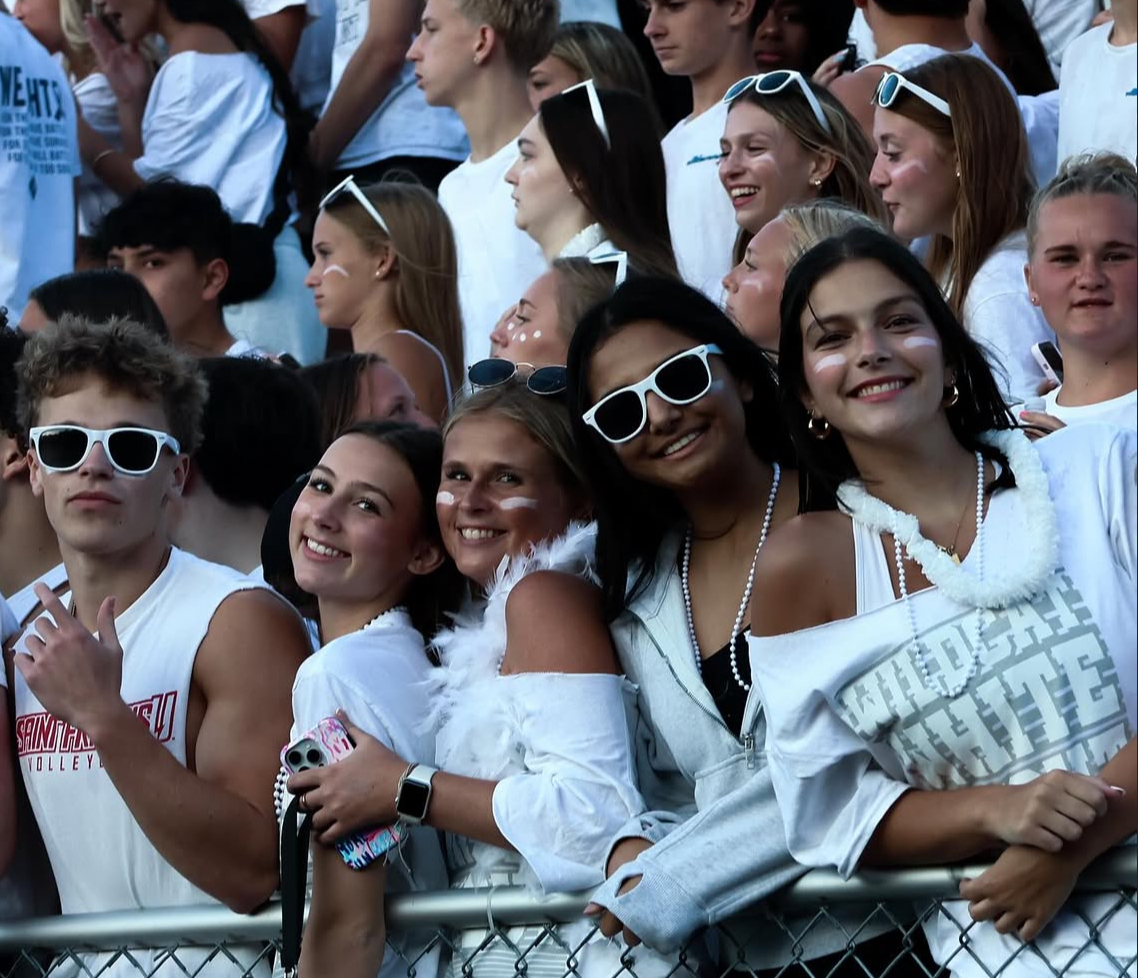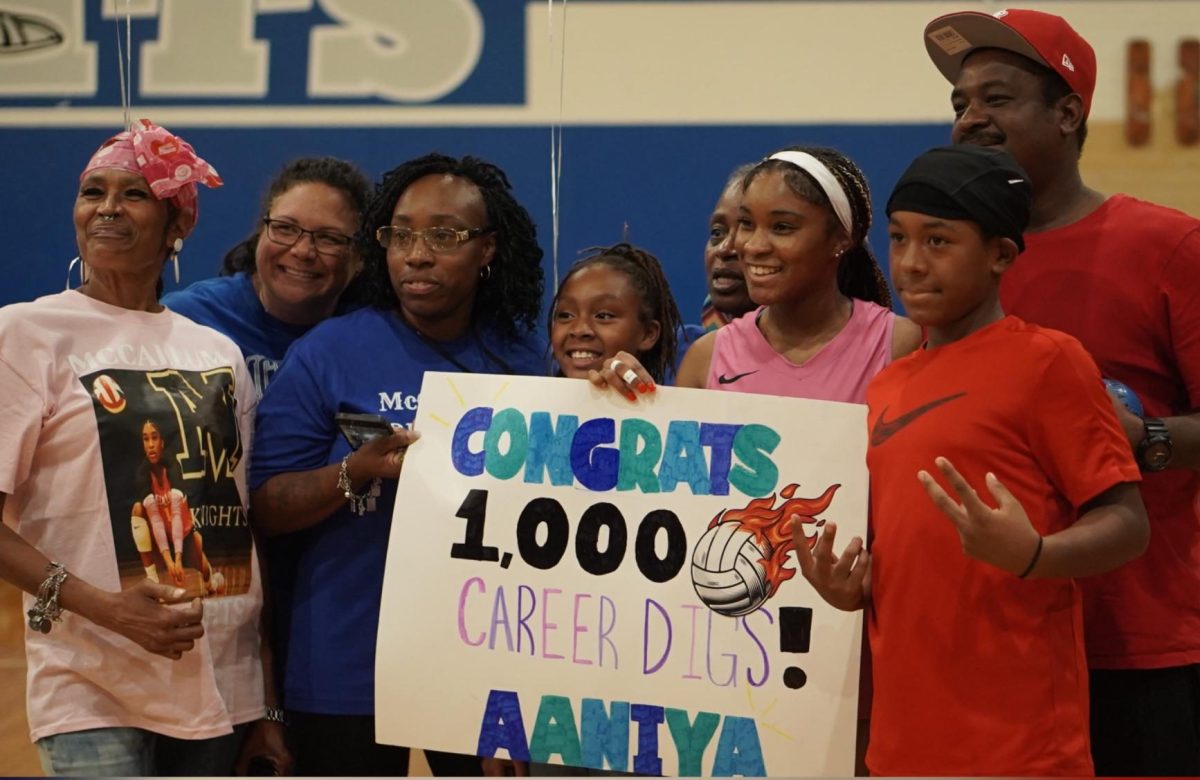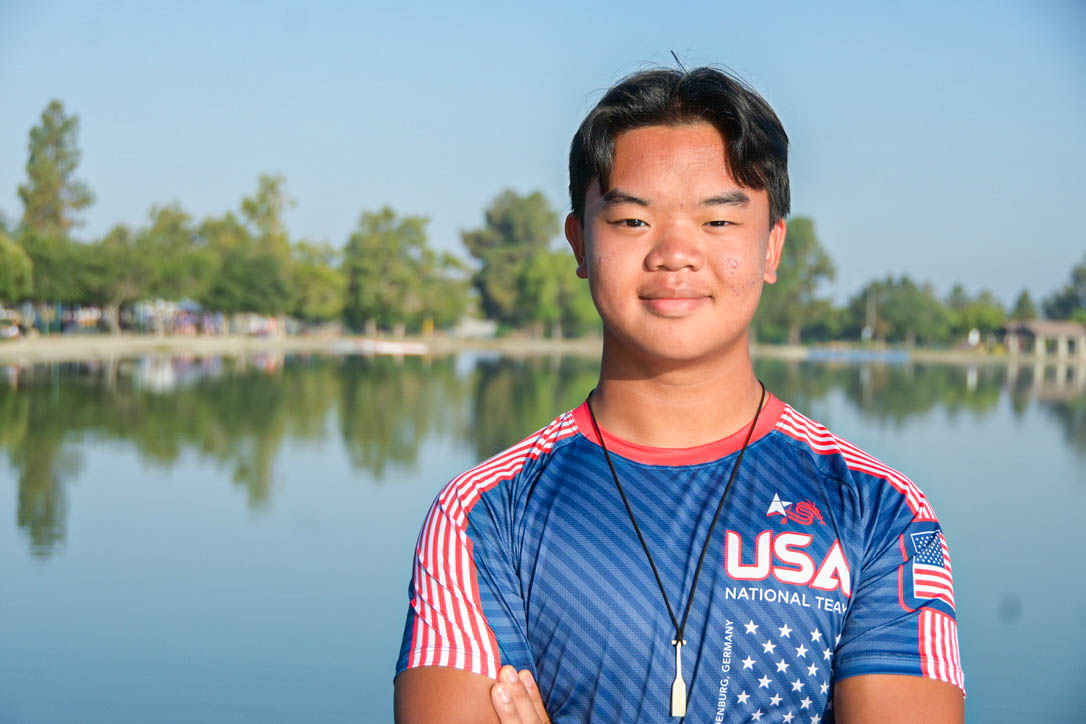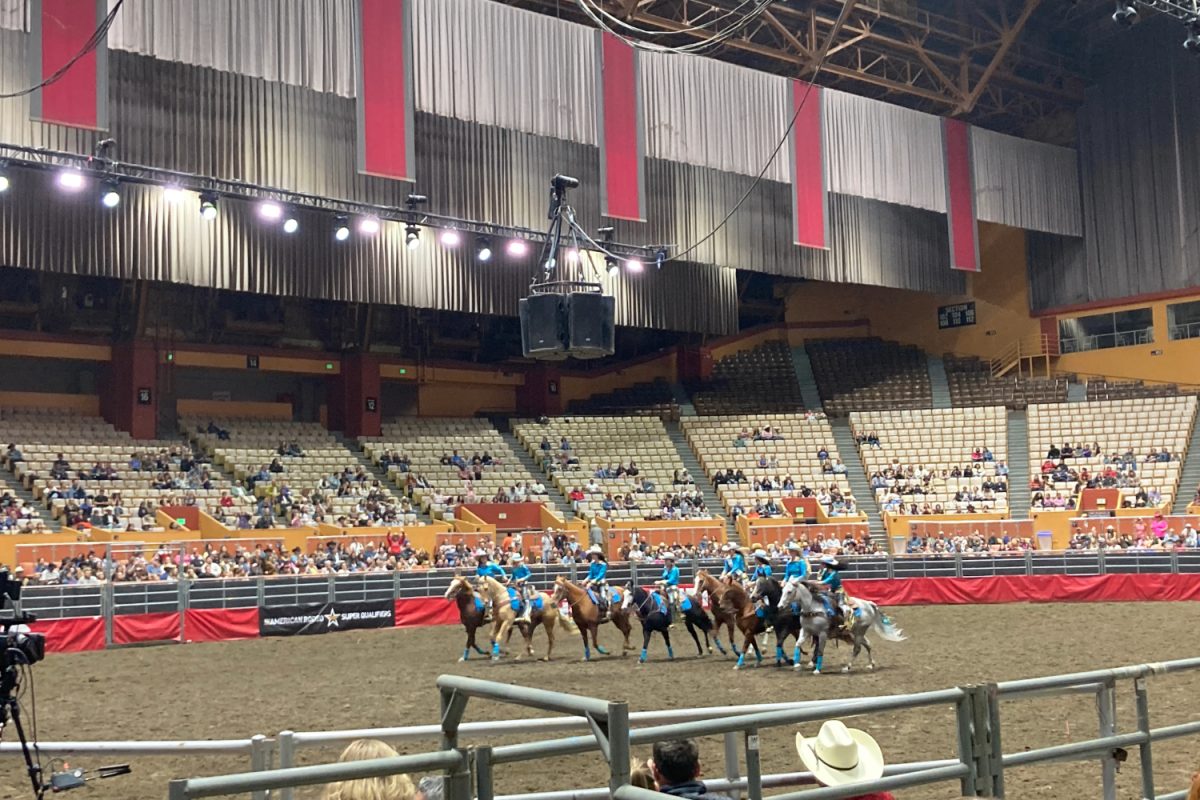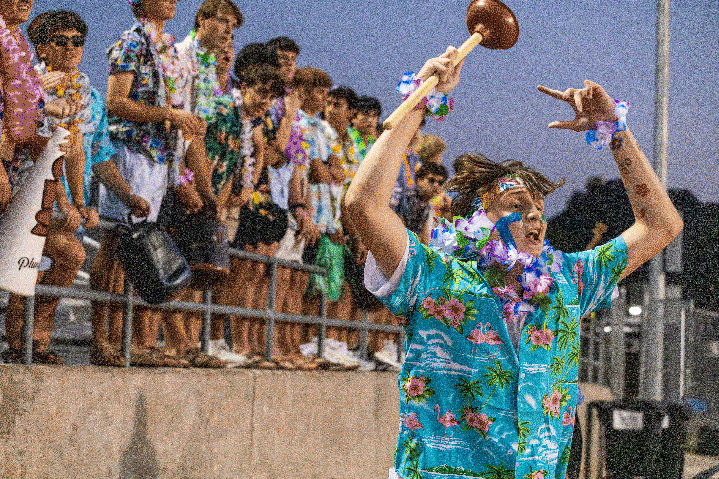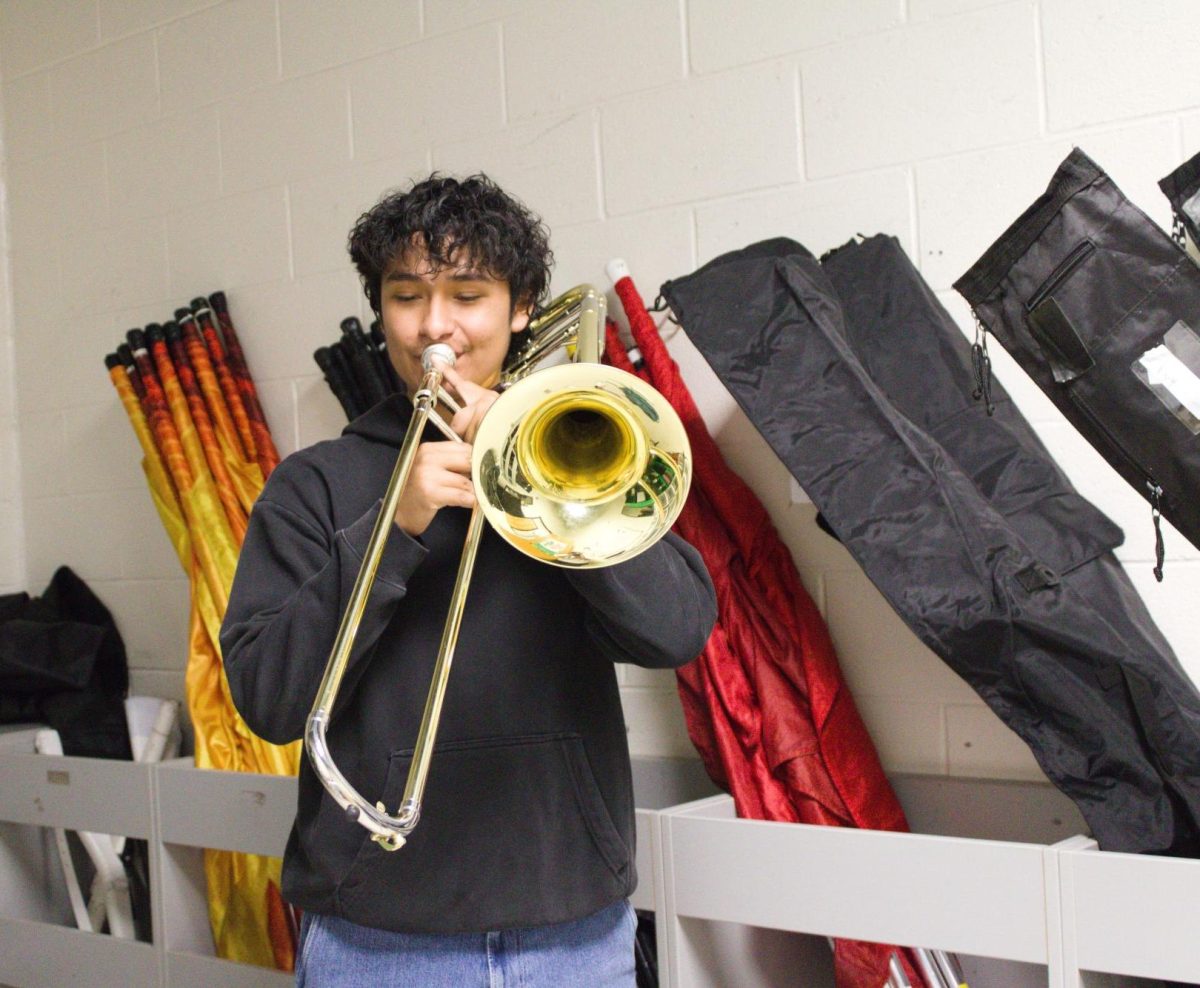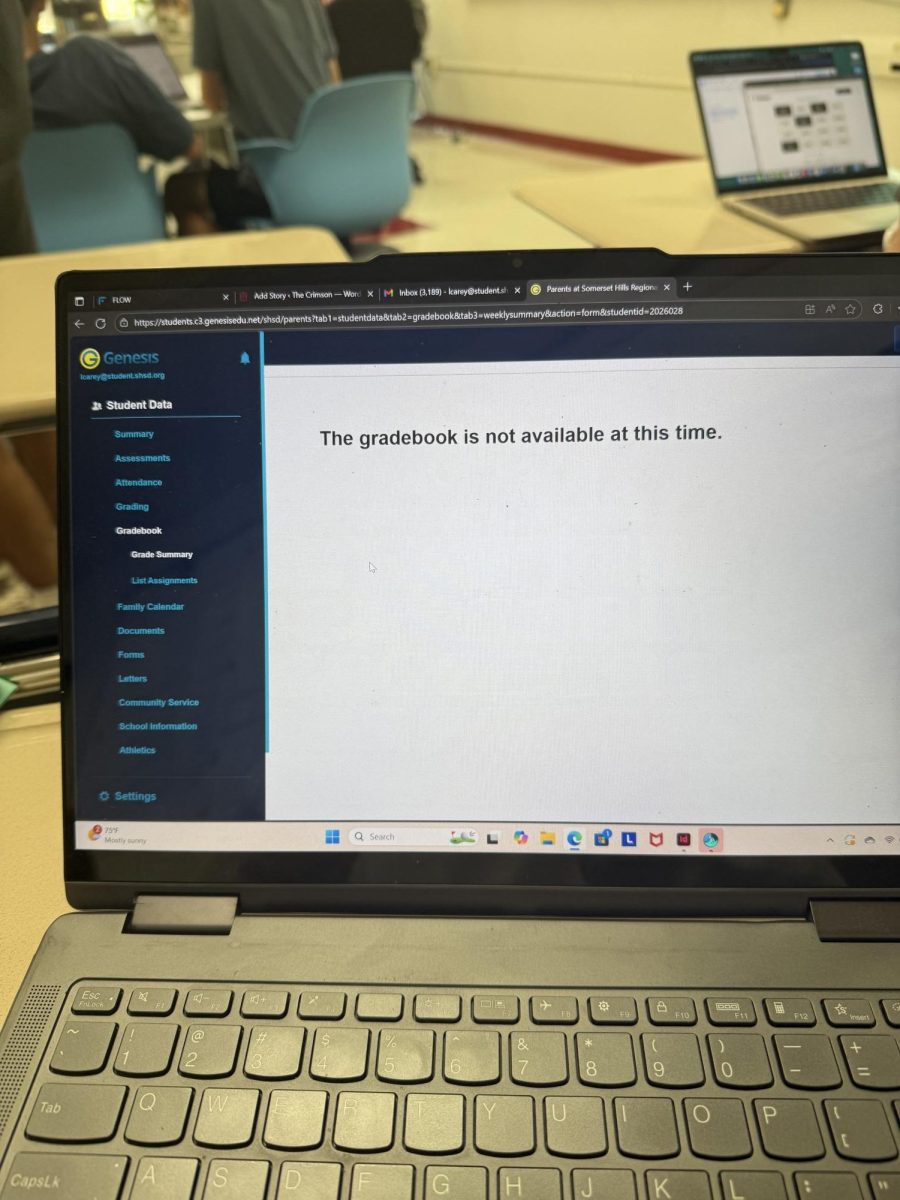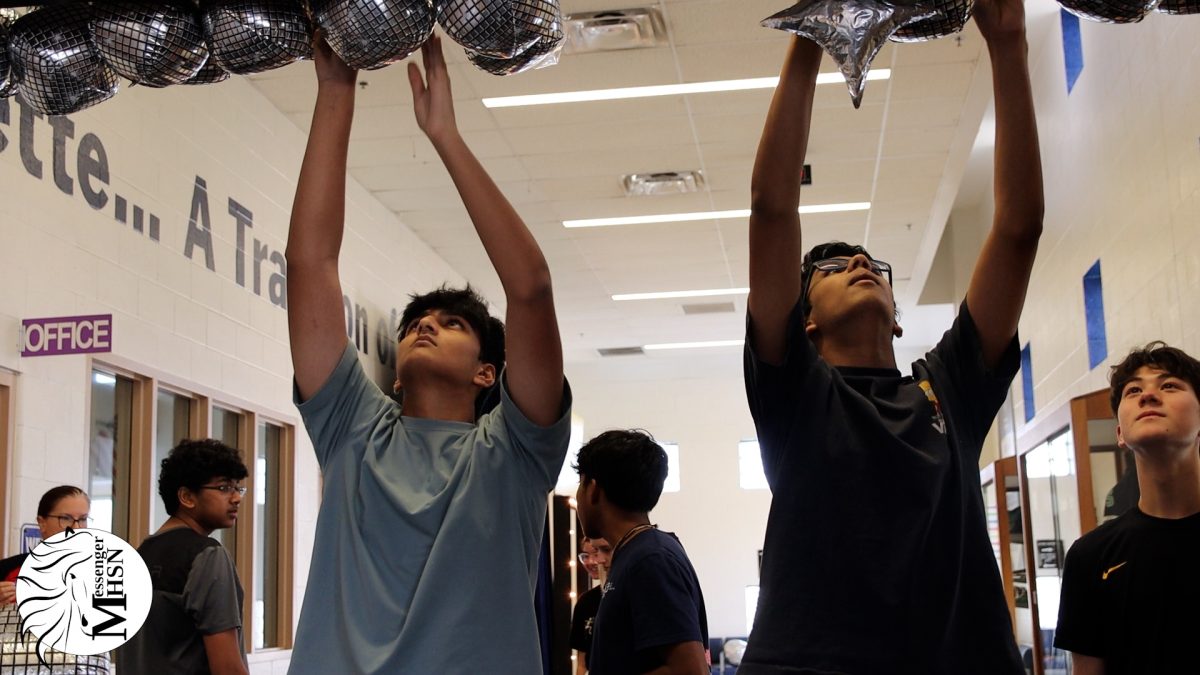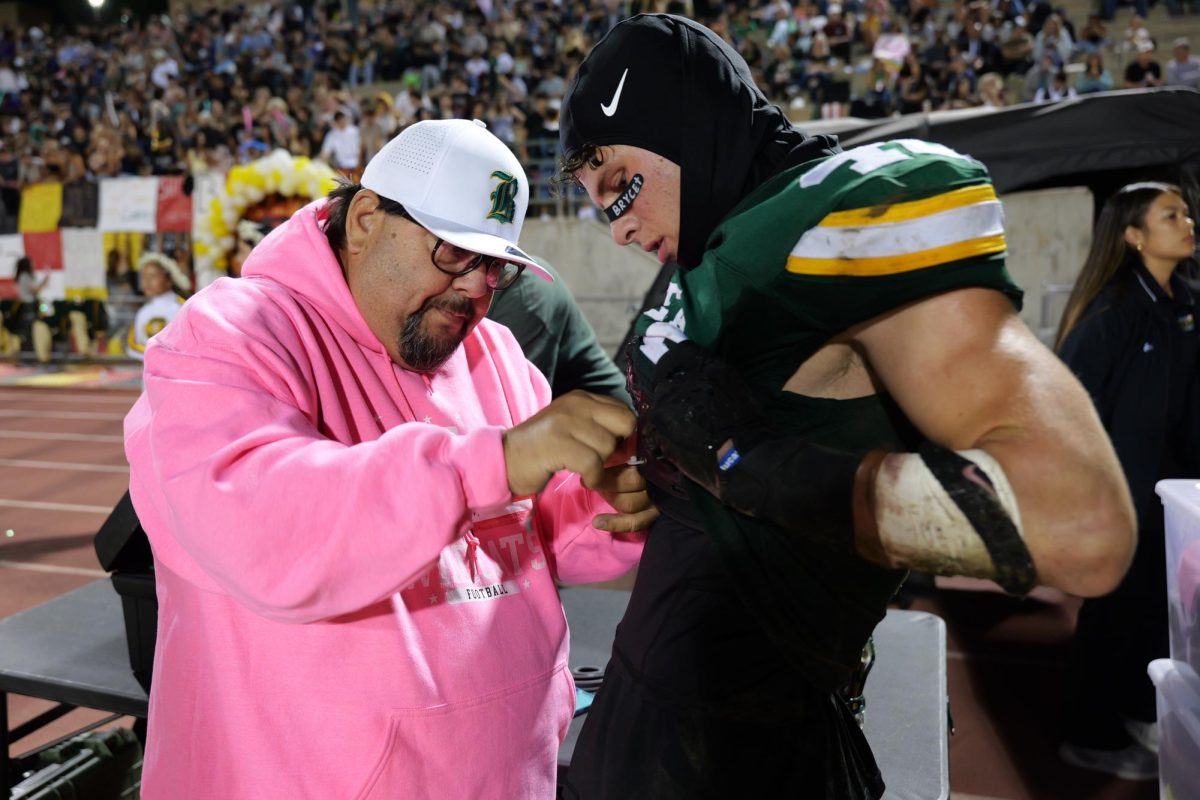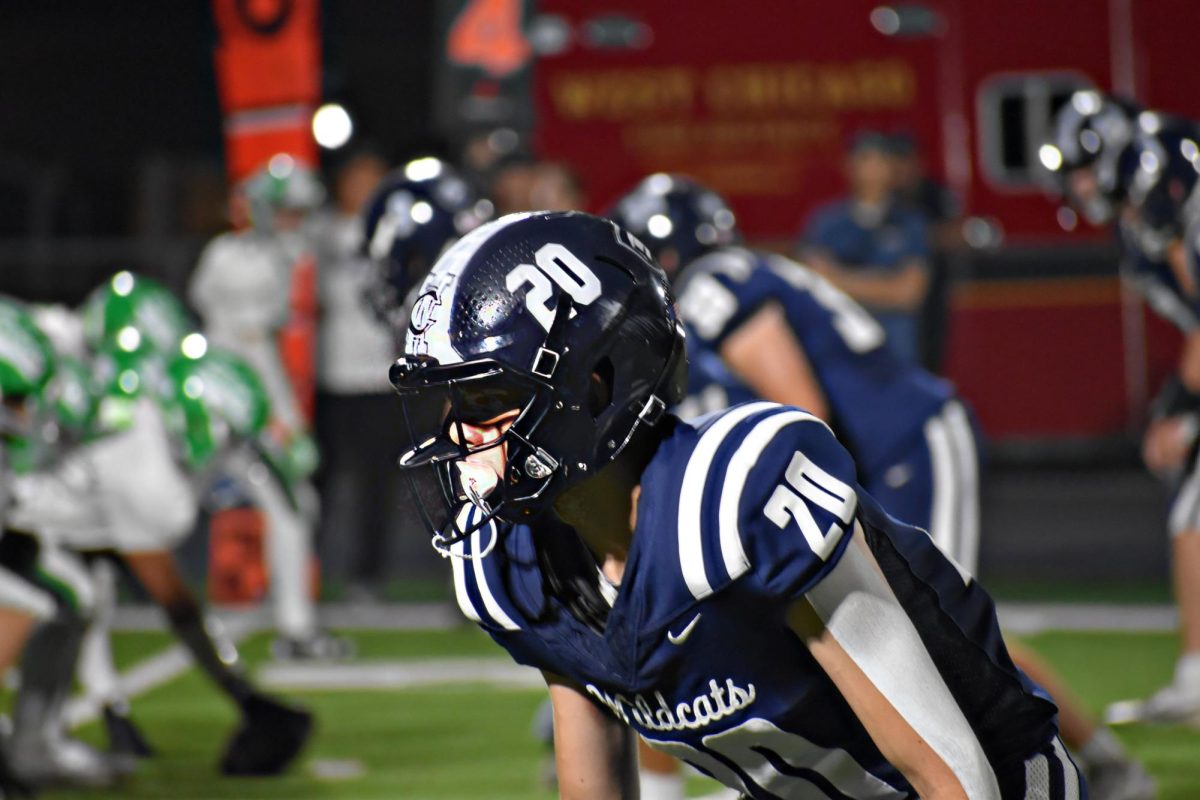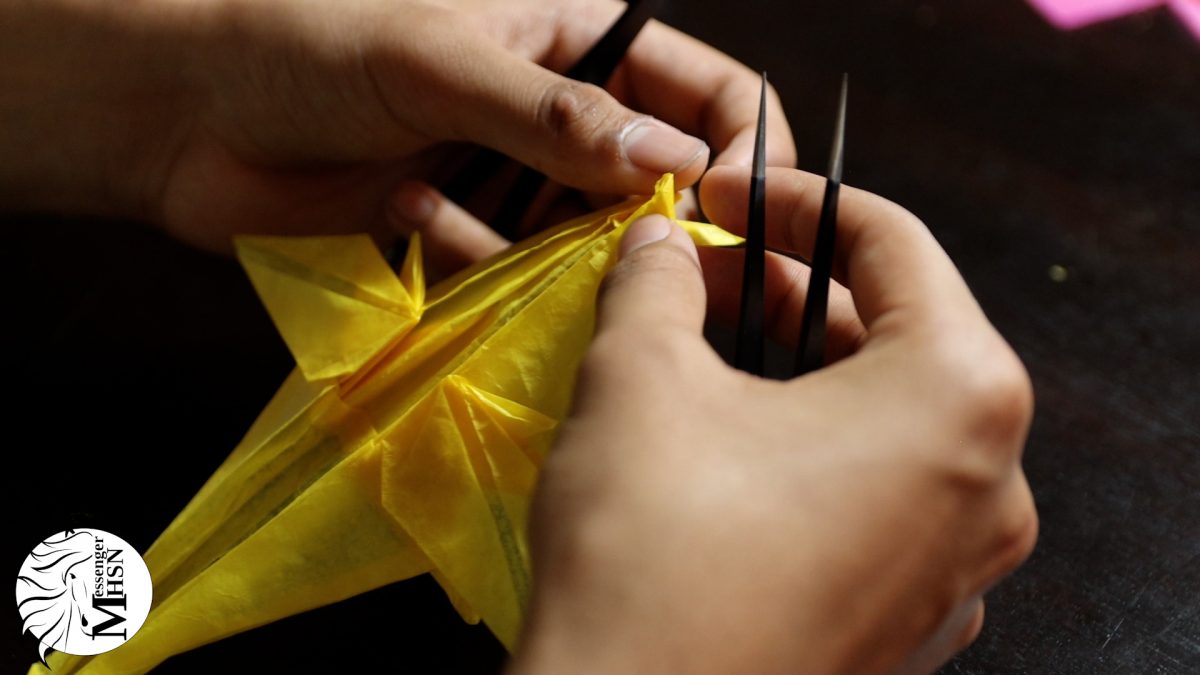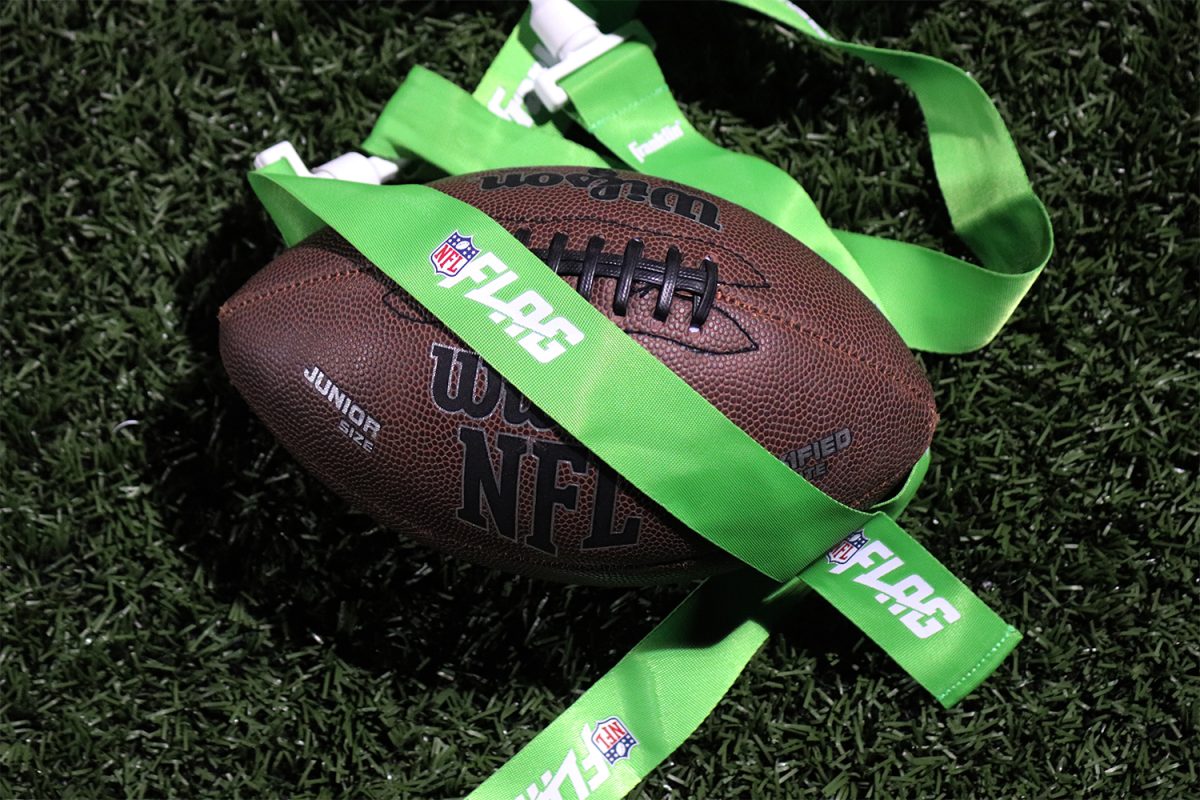When most people think of American football, they think of shoulder pads, helmets, and the Super Bowl.
As “America’s sport,” football has long held a central place in the nation’s culture, with 53% of adults naming it their favorite game to watch, according to Pew Research Center. However, its high costs and physical demands have often limited participation.
That’s where flag football comes in.
“Flag football is a lot cheaper than tackle football. The equipment is your uniform, the T-shirt, shorts, maybe a mouthguard, and a flag,” said Sarah Fields, a specialist in sports injuries at the University of Colorado. “A good tackle football helmet can cost over $1,000. For $1,000, you can outfit most of your flag football team with all the equipment you need.”
According to the National Federation of State High School Associations (NFHS), flag football is rapidly gaining traction across high schools, colleges, and all across the world, with a 63 percent increase in participation from 2019 to 2023. From youth sports to its inclusion in the 2028 Olympics, flag football is redefining what it means to play America’s favorite game, offering new opportunities for athletes of all backgrounds to engage with the sport and chase their dreams.
High school: the flag factor
High school programs have been pivotal to the sport’s growth, establishing a foundation for young athletes who might otherwise have few options in organized football. Currently, an increasing number of high schools across various states offer women’s flag football, an effort spearheaded by state athletic associations in partnership with the NFL.
“The perception of flag football has really changed among my friends and classmates. More people are interested in joining, especially after seeing the success these programs have had,” said senior Euna Min, a player on Carlmont’s varsity flag football team.
With this momentum, many of the young athletes playing at the high school level are energized to begin looking at collegiate-level opportunities. The growing visibility and excitement surrounding the sport are laying a pathway for high school players to take their talents to the next level.
Flag football’s collegiate boom
The National Association of Intercollegiate Athletics (NAIA) was the first college association to recognize women’s flag football as a varsity sport in 2020, and colleges at the Division II level have begun introducing teams as well, giving high school athletes an opportunity to pursue the sport beyond graduation.
The recent announcement by Erskine College to add women’s flag football has further solidified the sport’s rapid growth at the collegiate level. Erskine is now the eighth institution within Conference Carolinas to commit to flag football, joining schools like Emmanuel University and Barton College, and is set to begin play by 2025-26.
“Collegiate flag football has a really promising future, especially with the growth we’ve seen in California. I’m excited to try out for a college team and continue playing the sport I love,” Min said.
Conference Carolinas has positioned itself as a trailblazer, becoming the first National Collegiate Athletic Association (NCAA) Division II conference to sponsor women’s flag football. This expansion highlights the increasing opportunities for high school athletes to continue playing flag football beyond graduation, where the sport is gaining significant traction.
With the support of organizations like the NFL and the ongoing development of new programs, the future of collegiate flag football looks promising as more schools recognize the sport’s accessibility and broad appeal.
The NFL’s power play
The rise of flag football as a rapidly growing sport at the high school, collegiate, and international levels is due in large part to the support and advocacy of the NFL. One of the most significant ways the NFL has contributed is by working to get flag football sanctioned as an official high school sport in multiple states.
“The NFL is empowering each club to work with the state governing boards to get flag football sanctioned,” said 49ers Prep Senior Manager Tucker Baksa.
The collaborative efforts between NFL teams, local communities, and state athletic associations have led to the rapid growth of high school girls’ flag football.
The NFL also provides financial and logistical support to eliminate barriers to entry. Grants from the league, along with contributions from partners like Nike, have funded coach training, provided essential equipment, and organized skills camps, according to the NFL.
“If traditional tackle football is successful, that helps flag. If girls’ flag is successful, that helps traditional tackle,” Baksa said.
The NFL’s commitment to growing flag football is evident with the May 2024 announcement of Stephanie Kwok to the newly created position of vice president and head of flag football.
On the world stage
The International Olympic Committee announced in 2023 that flag football would be included in the 2028 Olympics. This decision marked a historic moment, not just for the sport, but also for athletes hoping to represent their country on a global stage. The meteoric rise of flag football mirrors several other sports that were added to the Olympics, such as field hockey, curling, and rugby.
“If people see it on TV, they want to try it,” Fields said. “More people also play rugby ever since it got added to the Olympics.”
The Olympic spotlight has proven to be a catalyst for popularizing sports, and flag football is no exception. Its inclusion has heightened visibility and sparked enthusiasm among aspiring athletes, particularly at the youth level. Following the announcement in the fall of 2023, schools across the U.S. began to see a dramatic rise in student interest, with many programs reporting record participation numbers.
“Seeing flag football become an Olympic sport is awesome. It’s great to see the sport I love growing and gaining more recognition,” Min said.
This Olympic connection has not only inspired young athletes to take up the sport but has also driven conversations about accessibility and new pathways for students to compete on a global stage.
The road ahead
Just as traditional American football became deeply rooted in U.S. culture, flag football seems poised to establish its own legacy, particularly as it heads toward the 2028 Olympics. According to the Journal of Athletic Training, by keeping the spirit of the game while making it safer and more accessible, flag football represents a shift toward inclusivity and opportunity in American sports.
This evolution is transforming football into a sport that can be played by more communities, encouraging participation among those who might have been excluded due to financial, physical, or geographic barriers.
“Once the NCAA offers it as a lettered sport, you’re going to start seeing scholarships and opportunities to play at the next level,” Baksa said. “High school is the ground level and then there really is no limit to where flag football can go.”
This story was originally published on Scot Scoop News on April 1, 2025.








